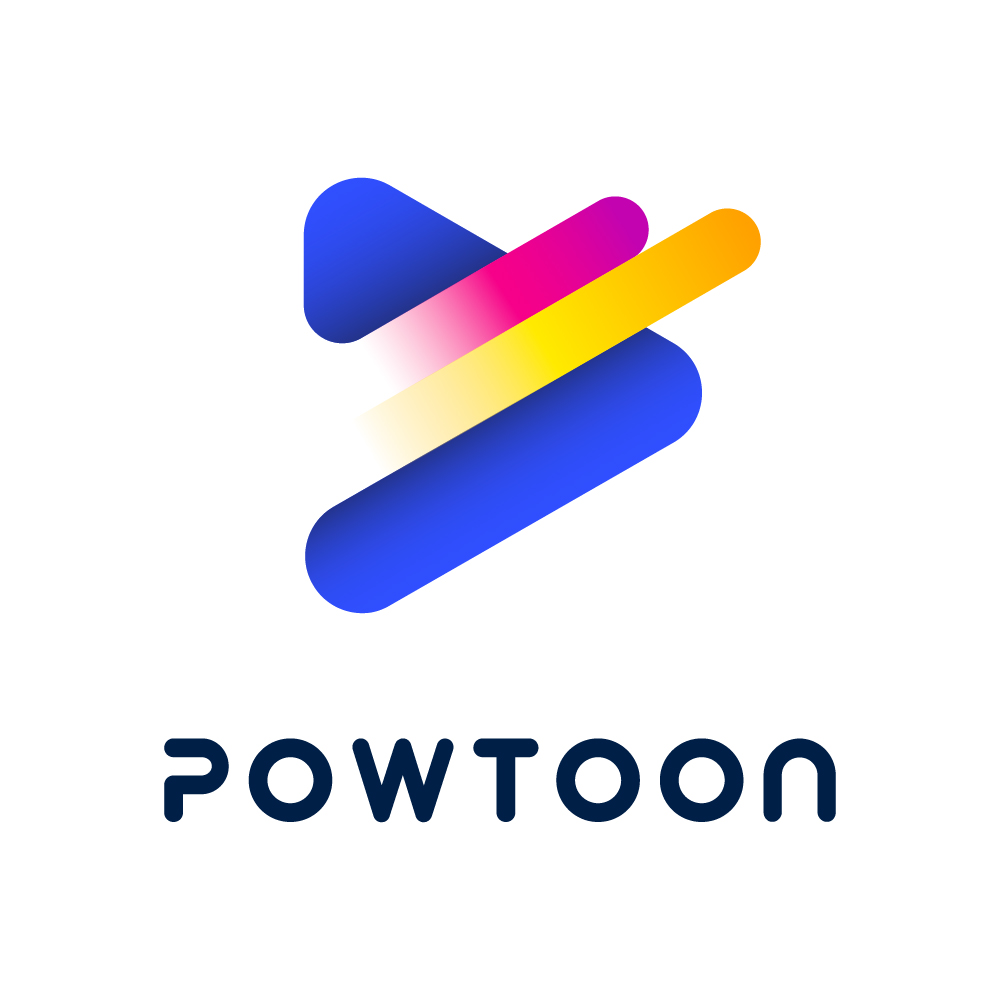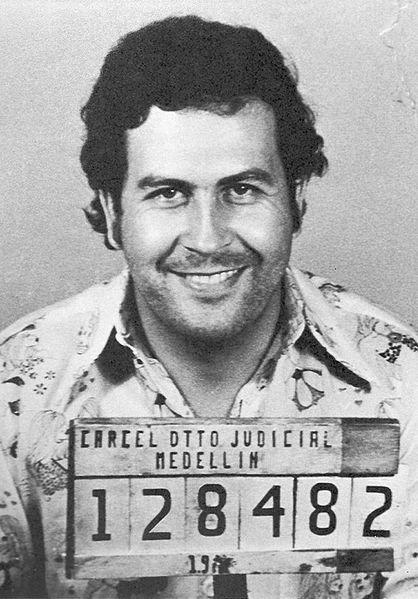
This week for my blog post I will focus on the case studies found after chapter 13 in The Global Educator by Julie Lindsay. This section of the book explored different moments in people’s lives that center around global education and collaboration. They all share their ideas about how they want to change global education and collaboration in the future.
In the fifth case study, I read about how “global friendships” are so important. She reminisces about how global collaboration has changed over the years. It is funny how she talks about how her old process about finding more on global collaboration would be her reading magazines and books. Today, are literally a few taps and seconds away from all the information in the world at their fingertips. Global Friendships are important to the global community because they expand our minds and thinking about how the world can be one day with technology. We are able to bounce ideas and create new ones with everyone’s collective involvement. This is similar to our Personal Learning Network assignment in class. We developed a network of global collaborators on our Twitter accounts to expand our global community. It is certainly beneficial to us since we started from basically nothing and we got our foot through the door.
“It is imperative that educators become global!” These case studies bring together the main ideas of the entire book and celebrate what it means to be a global collaborator. After reading through the case studies I am thankful that so many people put so much hard work into global collaboration so that I can feel the benefits of it today.
Thank You!









